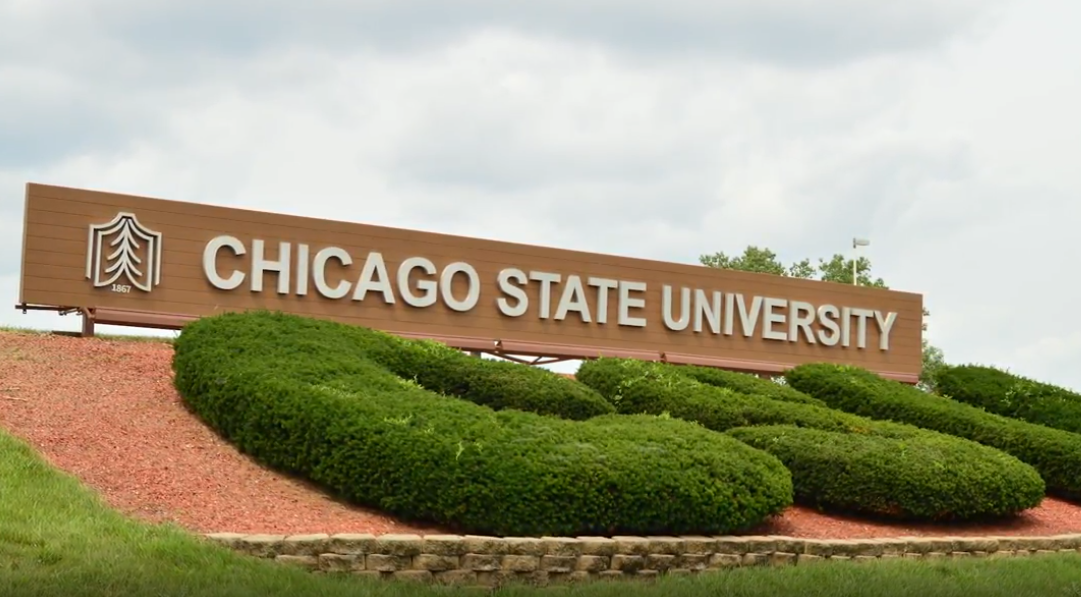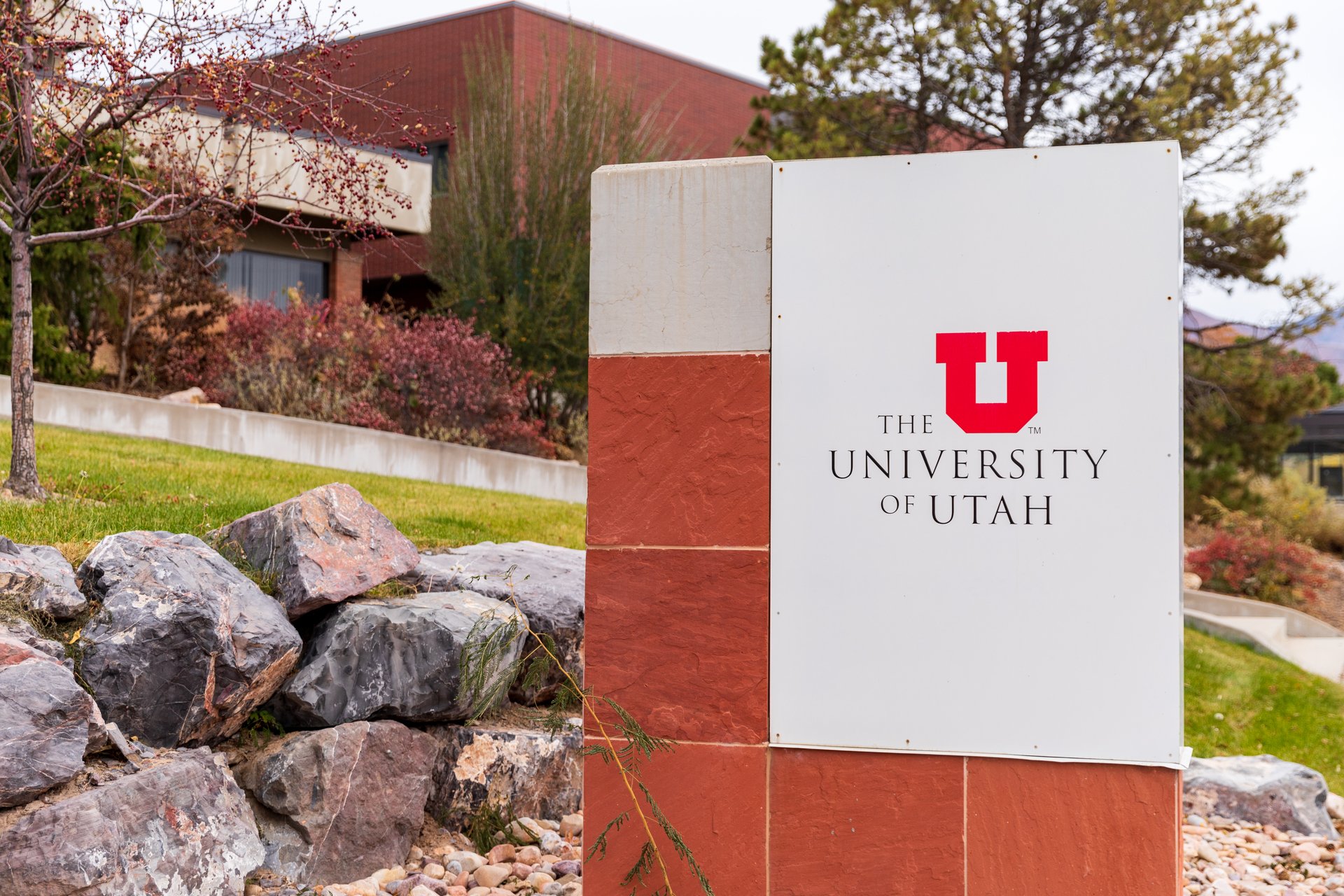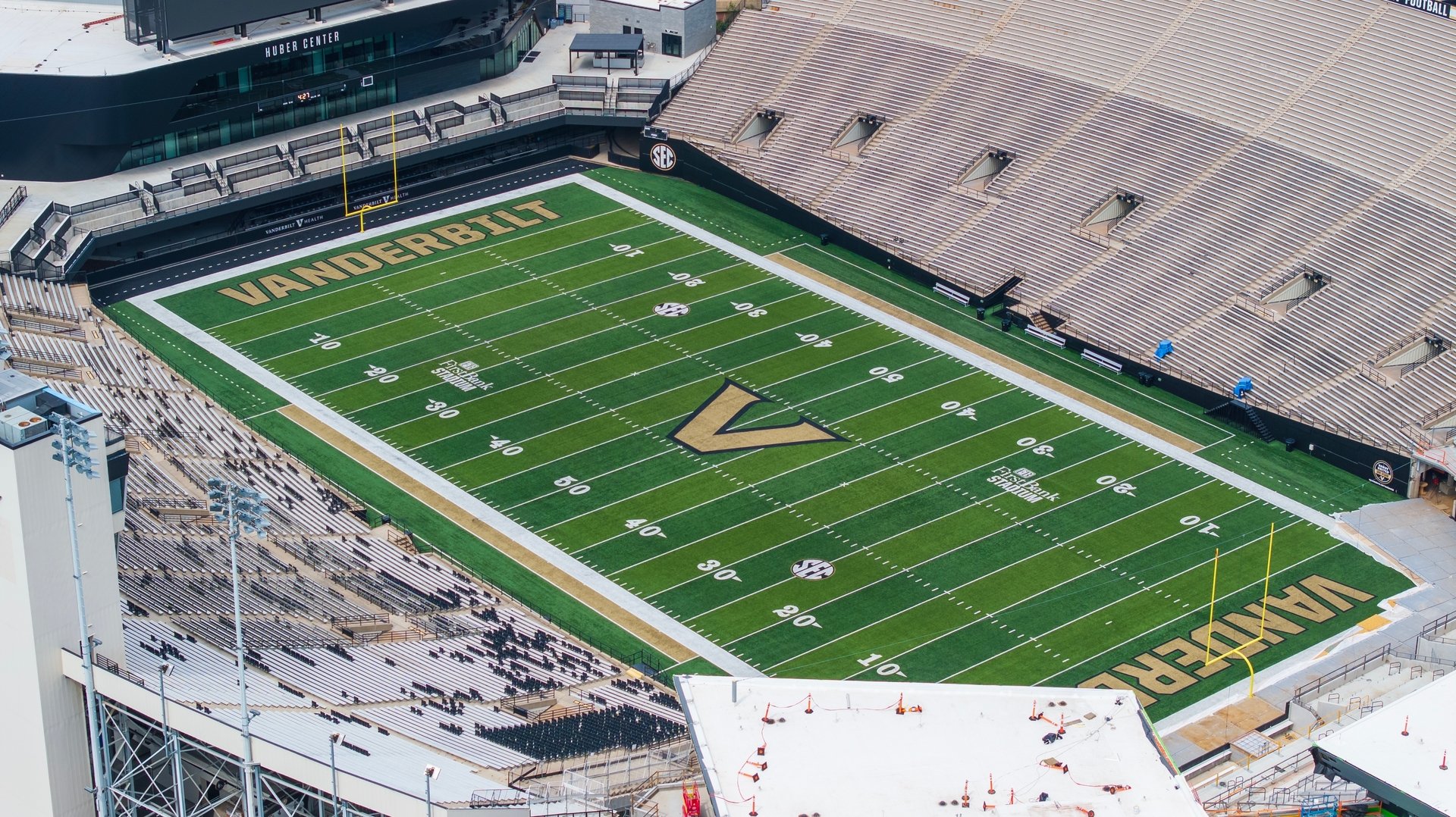Good…afternoon. Thanks for spending part of your day with Extra Points.
I appreciate your patience this week, as I’ve been in California for the last few days for a series of SB Nation meetings. It’s been kinda frustrating for me, seeing so many things that I wanted to write about, from the NIL congressional hearing to Mel Tucker’s departure from Colorado and all the hand wringing over the Pac-12, but without the time to do any of it justice. I hope to spend a little more time this weekend to do more reading, and dig into a bit more early next week.
But I did have a little time to dig into a very Extra Points sort of story.
Let’s talk about Eastern Washington
If you’re a regular Extra Points reader, no matter where you live, I’m guessing you’ve probably at least heard of EWU. They struggled a bit in 2019, but the Eagles have been one of the most consistently successful FCS programs in the west for several years. They made the national title game in 2018, and have been a playoff mainstay over the last 20 years. Their field is red.
They don’t fit the profile of the kind of FCS program I’ve written about recently. They aren’t an expansion team. They aren’t financially clinging to the very edge of the sport. They’re a good team with an identifiable brand. To the extent that anything at the FCS level is sustainable, you’d think Eastern Washington would be.
But apparently, not everybody agrees. Their faculty just issued a report that calls on the school to make significant changes, like reclassifying the athletic program to NAIA or a lower NCAA division.
Via The Inlander:
Frustrated with recent budget cuts, Eastern Washington University faculty prepared a report this month that takes a critical look at the athletics department and suggests eliminating the athletics department entirely.
The report analyzed the cost of the athletics program to be around $12 million to $14 million per year, but says it has had "no positive impact on our student enrollment, retention or recruitment." It was commissioned by the faculty senate and has been sent to the EWU administration, including President Mary Cullinan. At the end of the month, it will be presented to the EWU Board of Trustees.
I read the whole thing earlier today, and have a few thoughts on this:
1) Last month, I wrote about an academic study that examined academic and athletic outcomes of schools that dropped or reclassified football. It’s not a perfect study since we’re working off a limited data set and a limited definition of academic and athletic quality, but I think it’s fair to read those results and conclude that dropping or reclassifying football does not guarantee any improvements in enrollment, academic prestige, alumni donations or men’s basketball success. Simply freeing up the money does not magically improve anything. Just like anything else, those resources would need to be invested and utilized elsewhere.
When the report talks about how Eastern Washington “could become a national leader in resisting the ever-increasing costs of intercollegiate athletics, and become widely known for our commitment to academic excellence and controlling student cost burden” by dropping sports, I have to roll my eyes. Getting rid of football won’t turn any local administrator into Robert M. Hutchins or a regional university into Chicago. You demonstrate your commitment to academic excellence by excelling in academics, and by your broad institutional choices. Idaho did not become a more academic, a more moral, or a more prestigious university than the University of Washington because they dropped to FCS. Pacific did not become a western Ivy by getting out of football. C’mon.
Any national leadership mantle that Eastern Washington decides to take up, in my opinion, rests on institutional decisions outside the scope of both this study and this humble newsletter.
2) I am a little skeptical about some of the budget math, although part of that is because I am skeptical of nearly all budget math related to athletic finances. But beyond that, the faculty study did not representatives from Business & Finance, Institutional Research, or Athletics, although the faculty did ask for their help. As Andy Schwarz points out here, there’s reason to worry about the accuracy of the budget data. Like for example, with how the school is accounting for scholarship cost:
Given the general abandonment of DII football in the West, and some of the precarious footing even some non-football athletic departments have at the DII level, I’m a little more skeptical of the proposed cost savings of moving EWU to that level. I’m not sure travel costs and even worse revenue wouldn’t just eat into the savings from salary and “scholarships”.
3) Where this is most convincing and interesting to me is where the report attacks one of the major arguments of maintaining a football program at all…the idea that football is critical for university marketing and exposure. Football, the argument goes, will not only help drive enrollment and alumni giving, but can be the “front porch” that engages not only the entire university community but the local community at large.
From the report:
The Spokane area does care about Eastern athletics. But we have a dollar figure on how much they care, and it was $683k of ticket sales in FY19, which was a typical year. This is 3.7% of the expenses of Athletics. We’re told Athletics is important for alumni relations and donors. We also have dollar figures on this, and contributions in FY19 were $826k, or 4.5% of the cost of Athletics. This was a typical year for donations as well.
…
While Athletics does add an element of entertainment and school cohesion to our campus, it is easy to overstate this impact. Fewer than 10% of Eastern students participate in athletics as playersor even as spectators.
Claims that athletics is key in our success competing with online-only institutions ignore regional, national, and international examples of universities attracting students more successfully than we are while being NCAA D-II, D-III, NAIA, or indeed not having intercollegiate sports at all. Thus the benefit, while real, seems incommensurate with the cost.
The report goes on to point out that the school isn’t getting an enrollment bump from athletics, even when the team made the FCS title game, and that the “exposure” that programs get by competing in the Big Sky is inefficient. The bulk of typical undergrads, after all, come from Washington, not Arizona, California, or Utah. If marketing is the key reason for a dynamic athletic department, isn’t it more efficient for a regional school to just spend millions of dollars on advertising locally?
And hey, if the entire point is to build campus unity and enrich the student experience…and students by and large aren’t participating, what’s the point?
I think this is a good and important question for all schools to ask themselves. I’ve heard of Eastern Washington, but I live in Chicago. I am unlikely to ever visit the school, and my children are unlikely to attend. Outside of my work, I’m unlikely to ever meaningfully interact with the institution on any level. If you live east of Utah, I’d guess the same is for you.
Football is a great way to expose your school to people like me…but how does that help Eastern Washington? It might help a smaller private school that recruits nationally. It might help a faith-based school trying to raise the profile of a sponsoring church or a huge, R1, research school that recruits nationally. But a smaller, regionally focused public school? I share that skepticism!
4) These faculty concerns are not coming from a vacuum. Like schools across the country, EWU is struggling with budget cuts. When enrollment slows or drops (something that I think will happen at many schools, perhaps most schools, over the coming decade), and state support continues to get slashed, I can absolutely understand why professors, many of whom are paid worse than local high school teachers, would be upset to see money go to support athletics.
Off the top of my head, I remember faculty at Rutgers and UMass offering similar complaints and concerns over athletic spending, and Stetson decided to reevaluate if D1 was still the best route for the school. There are probably others out there that I’ve missed. I imagine if current economic and business trends for higher education continue, this won’t be the last report like this we’ll see.
What should Eastern Washington do? Heck if I know
At the very least, I think the entire university community, from students to athletics, to trustees to regular ol’ residents of Cheney, ought to engage with these questions seriously, and decide what they’re really willing to support, and exactly what “success” looks like.
When a school has no meaningful chance at real success, I’m usually much more quick to recommend competing at a different level. But EWU clearly *can* succeed in football. Is that success at the expense of success in physics or sociology? I’m not totally sure, even after reading this. Is that success “worth it”? That’s probably not a question I ought to answer.
But somebody beyond the university physics department ought to be asking it. I hope everybody is able to get the data and answers they need.
Thanks for supporting Extra Points. If you enjoyed this newsletter, why not subscribe? Usually, they come out twice a week, very early in the morning, and talk about all sorts of off-the-field college football stuff that impacts what we see on the field. You can subscribe, for free, right here:
Mailbag questions (I swear I haven’t forgotten), story ideas, hot tips, angry screeds and more can be sent to [email protected], or to @MattBrownEP on Twitter dot com.

















